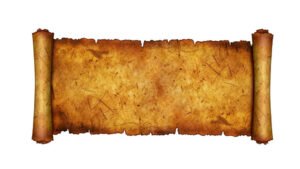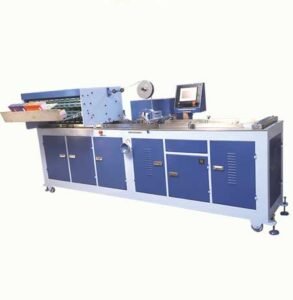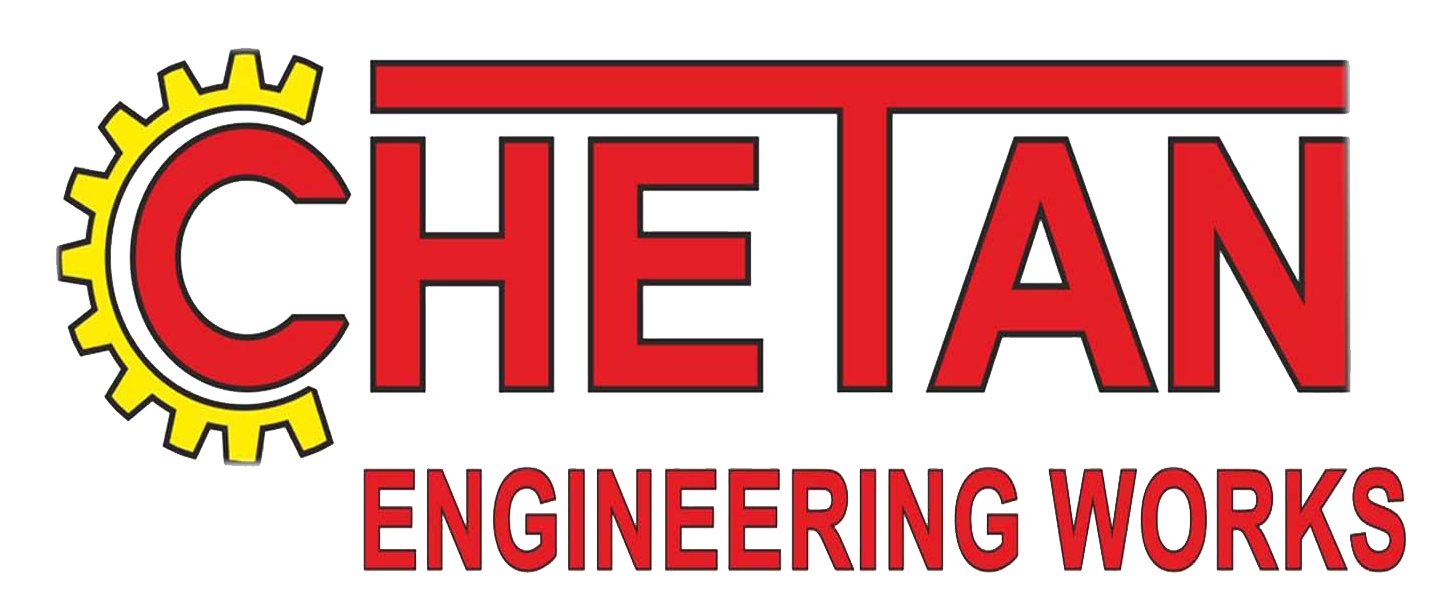From Ancient Scrolls to Modern Notebooks: Unraveling the Rich Tapestry of Paper’s History

The birth of paper is a fascinating historical development that significantly impacted communication,
education, and the spread of knowledge. Papermaking has a long and complex history that spans several
centuries and multiple cultures.
Here is an overview of the key stages in the birth of the paper:
1. Ancient Papyrus: Before the invention of paper, various civilizations used materials like papyrus and
parchment for writing. Ancient Egyptians are well-known for using papyrus, a material made from
the pith of the papyrus plant. Papyrus sheets were layered and pressed together to form a writing
surface.
2. Early Paper in China: The true precursor to modern paper originated in ancient China around the
2nd century BCE during the Han Dynasty. Traditional Chinese paper was initially made from a
mixture of mulberry tree bark and other plant fibers, such as hemp and bamboo. The process of
making this early paper involved soaking, pounding, and pressing the fibers into thin sheets, which
were then left to dry.
3. Spreading to Other Cultures: The art of papermaking gradually spread to other parts of the world. It
reached Central Asia via the Silk Road and then made its way into the Islamic world. By the 8th
century CE, papermaking technology had reached regions like Persia (modern-day Iran) and the
Middle East.
4. Introduction to Europe: Papermaking reached Europe during the Middle Ages, primarily through the
efforts of Islamic Spain. The first paper mill in Europe was established in Spain in the 12th century.
Paper production later spread to Italy, where the first paper mill on the Italian Peninsula was
founded in the 13th century.
5. Industrial Revolution and Paper Production: The Industrial Revolution in the 18th and 19th centuries
brought about further advancements in paper production. Machines were developed to streamline
the papermaking process, leading to increased efficiency and the production of a wider variety of
paper types.
6. Modern Paper Production: Today, paper is produced on a massive scale using a combination of
wood pulp, recycled paper, and other fibers. Modern papermaking involves a highly automated
process that includes pulping, paper formation, pressing, drying, and finishing. Various types of
paper are manufactured to serve a wide range of purposes, from writing and printing to packaging
and specialty applications.
The birth of paper revolutionized human communication, education, and the preservation of
knowledge. It facilitated the spread of literature, science, and culture across the world and remains a
fundamental material in our daily lives, even in the digital age.


